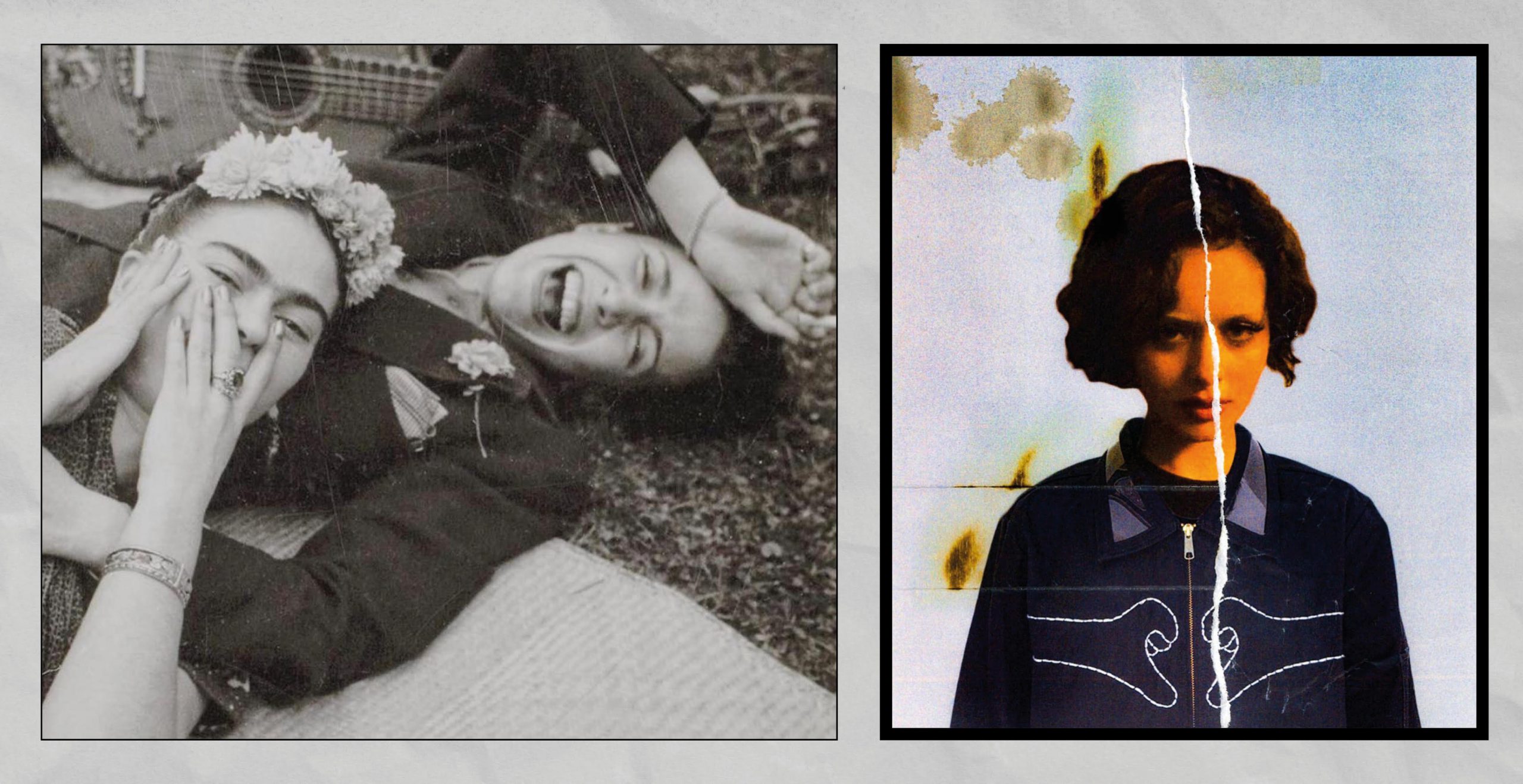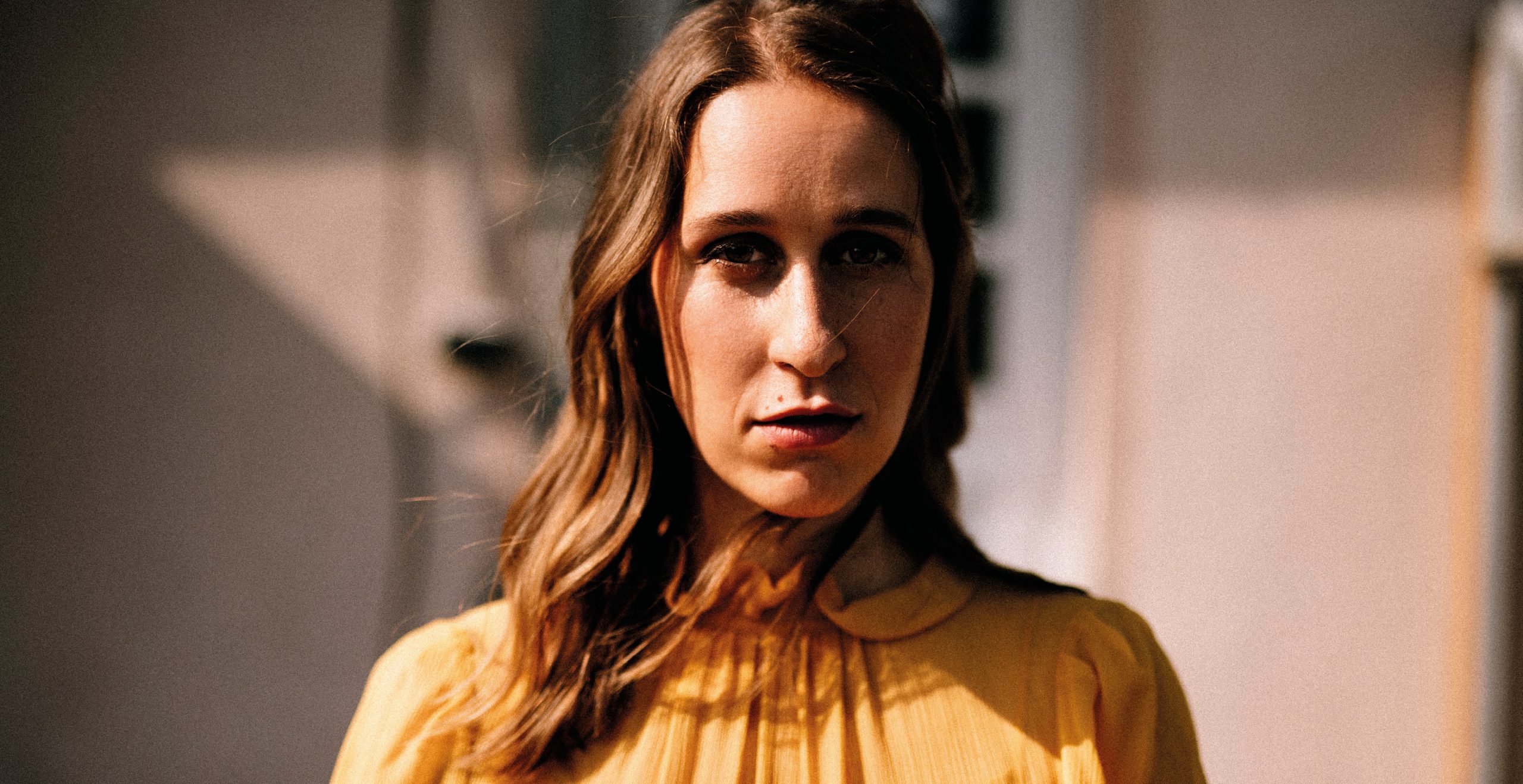Circulating en masse on social media—those who balance their feminine and masculine energies will be successful in love and all other areas of life. This trend is sold as neo-spiritual empowerment: women and men should channel their “true” energies to find themselves again. To some extent, this trend can be helpful in understanding and orienting oneself in one’s own gender. But in the hands of cis-hetero people, the concept of counter-gendered energies is increasingly turning into a neo-conservative ideal.
“Divine Feminine Energy and how to awaken it,” “22 Ways to Awaken the Goddess,” “How to heal your Feminine Energy and Change your Life”—the internet is full of headers like this, promises and life-tips from tanned, serene, and healed influencers, sitting in front of a palm tree panorama, asking me to change my life by ‘doing nothing,’ awakening something in exchange for success in all aspects of life: love, relationships, and career.
I decided to take a closer look at this concept and its promises and took a dive into this rabbit hole… so you don’t have to. Here is what I’ve learned from self-proclaimed experts, wellness blogs, TikTok’s, and Gwyneth Paltrow.
We’re going to get into ‘feminine‘ vs ‘masculine‘ energy, ‘dark‘ vs ‘light feminine energy‘, and ‘high vs. low-value women‘. As you can already see, there are a lot of comparisons: this concept lives from creating polar opposites.
But what does it suggest and where is this concept coming from?
This neo-spiritual trend on social media promises success in all aspects of life: gaining control over your life, becoming your best self, and, most importantly finding success in love. In this concept, feminine and masculine energy are represented as opposing poles—each has its own attributes assigned to it. Some believe the origin of this concept to be in Chinese philosophy, especially in Taoism, as a derivation of the concept of Yin and Yang—two polar opposites that form an entity, corresponding to and completing each other, where each force also carries parts of the other within. In this philosophy, Yin is a symbol of earth, darkness, passivity, absorption, and femininity, while Yang represents heaven, light, activity, growth, and masculinity. One can’t exist without the other and only when these two forces are balanced, harmony and success will occur.
Dislocated and decontextualized from its origin, interpretations of these energies are going in all kinds of directions. While in Chinese philosophy this symbol helps to depict many complementary forces in the universe that correlate, one aspect of it has been chosen and extracted from its origin – the female and male energies, that are now associated with gender roles. This construct has quickly spread on social media and is hijacked by wellness companies, like Gwyneth Paltrow’s goop offering advice and (oh, wonder) products to help channel our energies.
In this imagery, feminine energy is the receiving energy and masculine energy is the giving energy. Or, to put it in Manifestelle’s words: Feminine energy is “less about doing and more about being. […] because women are useful without doing anything. Just by existing around men, we confer a lot of status on them. […] and using that status they [the men] can now access more opportunities, more money, more women.“ So, women: shut up, but in an empowering way..?
According to these roles, women are encouraged to “rest in their feminine energy’’ and do less of all: work less, talk less, and pay less, for these are the men’s tasks. We are princesses and deserve to be treated that way. What may first sound comfortable, has a sinister background. It reinforces a long-outdated binary gender and relationship construct where not only the roles are strictly distributed, but also all queer, gender non-conforming, and trans humans are excluded (or simply not mentioned).

Looking more thoroughly at these energies and their qualities can quickly feel like a déjà-vu, or a time capsule back to the 1950s: The female or receiving energy consists of being tender, gentle, smiling, passive, taking care of your partner, not too loud, not too demanding. If she gets loud, strives for power, or raises her voice, she is not in her feminine energy. Whereas the masculine energy lies in those who exert power, decide, protect, lead, provide, and protect. Although it is mentioned that everyone carries parts of both energies within, the goal seems to be in the ‚right’ balance for your gender-assigned energy.
The endless lists of qualities and rules assigned to the two poles are confusing – and consist of several under-categories for certain energies.
This brings us to our next course on the menu: ‘dark‘ vs. ‘light‘ feminine energy. Without getting into it too deeply (because it isn’t), dark and light feminine energy are two ridiculous archetypes of what women should look like. What can be best summarized with the infamous 2014 Tumblr quote “every blondie needs a brownie by their side,” like Serena and Blair or Euphoria’s Cassie and Madd: white women that meet a certain (Euro-centric) beauty standard, one of them embodies the dark, mysterious and seductive femme fatale (ofc the dark-haired) and the other stands for the sweet, innocent, dreamy angel. Suggesting that there are (only) two categories of women and that we need to compare them to another.
Another, even more absurd sub-category that is often mentioned in the context of feminine energies is the classification of ‘High vs. Low-Value‘ women and men, where a person’s value is assessed according to long lists (that I don’t want to repeat) of rules to conform to your gender-assigned energy in order to attract an equally ‚high value’ partner. This value is mostly related to a woman’s sexual ‘availability’, and control of her desire, in other words: slutshaming.
These lists (and these are just excerpts) of qualities for both energies read like dating tips from the Stone Age, and also remind of a Dualist, Freudian worldview: The Madonna and Whore-Complex.
Although the word divine may suggest a God-given, natural order there is no spiritual teaching behind it, neither a scientific base. With a whitewashed origin, and many different interpretations of it circulating online, it has quickly become a westernized and capitalized concept that focuses first and foremost on superficial values and a Eurocentric beauty standard. Decontextualized from its spiritual origin (e.g. Yin Yan) it reinforces rigid gender roles, and is appropriated and gentrified by Wellness Blogs, Coaches, Influencers, and dating sites, and thus linked to a commercial agenda.
Business with empowerment
Capitalizing on insecurities, lifestyle companies, influencers, ‚experts‘ and coaches are selling crystals, e-books, or coaching lessons to help awaken your female energies, giving you “the easy solution“ to a newly created problem.
And definitely, these concepts can provide orientation, goals, and a clear category in which you can classify yourself in times of uncertainty, future angst, and loneliness. We love hearing easy solutions and concrete tips to our oh-so-complicated problems in this even more complex world.
But what is sold as empowering feminism, sells us outdated, hegemonic patriarchal structures and creates a cultural backlash in times with conservative powers on the rise everywhere. Leading to feeling inadequate when faced with these unrealistic beauty standards and gender roles. There is a reason people have been fighting for centuries to get rid of this worldview.
Telling them it’s time to “rest in their energy“ is just another way of trying to silence them.
*Header: Juno Calypso, Subterranean Kitchen, 2017 via junocalypso.com




























